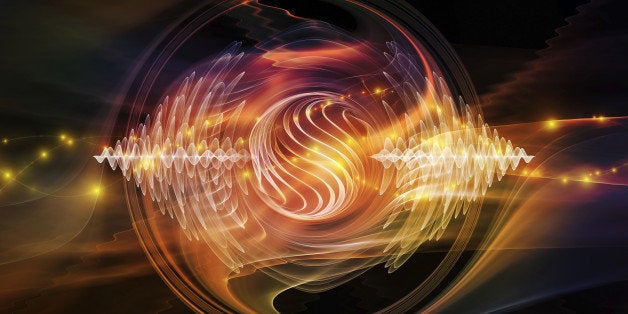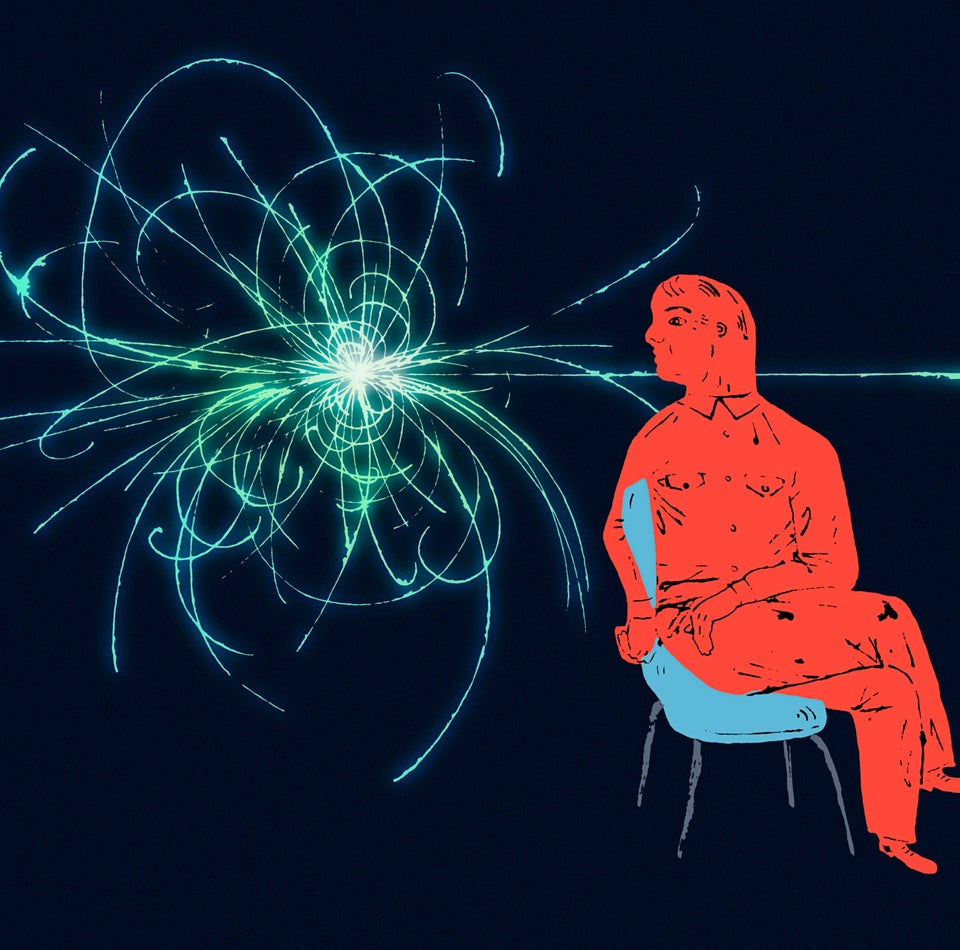
No one is about to claim that quantum physics is now easy to understand, but maybe it's not quite as devilishly complicated as we thought.
New research suggests that two of the quantum world's most mysterious features--the uncertainty principle and wave-particle duality--are simply two sides of a single coin.
"The connection between uncertainty and wave-particle duality comes out very naturally when you consider them as questions about what information you can gain about a system," Dr. Stephanie Wehner, an associate professor at Delft University of Technology in the Netherlands and one of the scientists behind the research, said in a written statement. "Our result highlights the power of thinking about physics from the perspective of information."
Wave-particle duality is the idea that elementary particles can exhibit wave-like behavior--for example, as seen in the classic double-slit experiment. The uncertainty principle holds that it's impossible to know both the position and momentum of a particle at the same time.
The proposed unification of the two features may bring new advances in cryptography, Dr. Patrick Coles, a postdoctoral fellow at the University of Waterloo's Institute for Quantum Computing in Canada and one of Wehner's collaborators, told The Huffington Post in an email. For example, he said, it could point the way to provide "perfectly secure" online credit card transactions.
In addition, the advance promises to make it easier for physics students to make sense of a field that is notoriously difficult to understand. Instead of having to learn two separate phenomena, Coles said, "they can just learn the uncertainty principle and then deduce the competition between wave and particle behavior as a consequence of the uncertainty principle."
But perhaps most significant is that the unification may change the way scientists see the physical world--as happened when 19th Century scientists discovered that electricity and magnetism aren't distinct forces but just different manifestations of a single force we now call electromagnetism.
"Although our work is not at that level of impact, our work does affect how physicists view the structure of quantum theory," Coles said in the email. "Most physicists believe that quantum theory applies to every object around us, including ourselves. Even though it is weird to think of the particles inside us sometimes behaving like waves, that is the strange truth."
Coles said the key to the new research was to use mathematics to translate the language of wave and particle behavior into the language of uncertainty. He offered the following analogy:
"When we came across the literature on wave-particle duality, it was like trying to read hieroglyphics. The big breakthrough that we made was to discover a Rosetta Stone, or construct a Rosetta Stone, that allowed us to translate these hieroglyphics into our native tongue... it was especially fun because no one had ever translated these hieroglyphics before."
What do other physicists make of the research?
Dr. Robert W. Spekkens, a physicist on the faculty at the Perimeter Institute for Theoretical Physics in Waterloo, Canada, called it "a very nice result" and "significant," adding that "the more we understand the connections between different quantum phenomena, the better our chances of making sense of the foundations of quantum theory."
A paper describing the research was published Dec. 19 in the journal Nature Communications.

